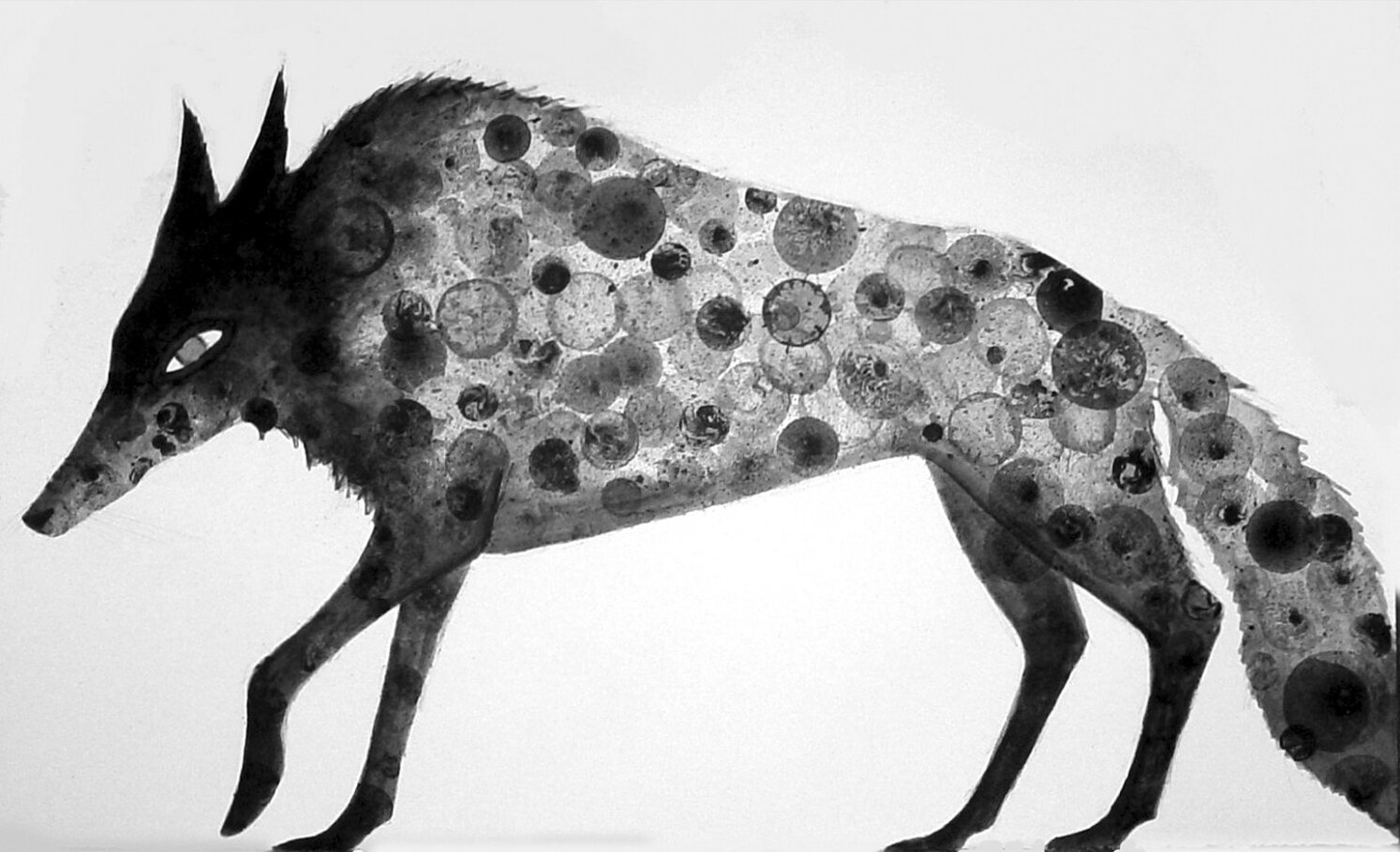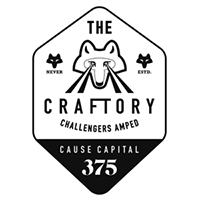Of Luxury Wolves and Robot Sheep
Art: Viza Arlington
Why Big Business can't crack the challenger model
“Surely it can’t be that hard”, the thin-rim-bespectacled CEO thundered. “Go launch some copycats, and unleash our spending might. We’ll crush them in no time.” For the CEO in question, insert at will any of the distinguished gentlemen running whatever FMCG giant tickles your fancy. The scene might be imagined, but the reality of it is anything but: in boardrooms around the globe, Big Consumer Business is trying to respond to the challenger brand onslaught – and notably failing.
New brands are hardly a new thing. Ever since the Lever brothers came up with the genius idea of stamping their name on bars of soap, there has been a reliable stream of new-fangled names serving familiar needs appearing year after year. FMCG built their business from robotically out-doing each other in clockwork cycles of new claims, formulations, flankers and range extenders. What’s new about the current challenger revolution is that conventional Big Business is struggling to respond – and even when they do, consumers more often than not appear to pay little attention: Britvic launched a premium version of the venerable Schweppes to counter the insurgent Fever-Tree. Unilever matched Halo Top’s outlandish claims for guilt-free ice-cream with “Breyer’s Impossible Possible Delight”. Yet neither the premium Schweppes nor Breyer’s Impossible made a dent on the blazing march of their challenger competitors.
That’s puzzling.
The business-school rulebook clearly lays out the parameters: scale brings pricing power, distribution power, and advertising power. Combined, they ought to see off any small and underfunded challenger to the FMCG hegemony. However, plenty of examples abound to suggest the contrary. The reason for this is that the consumer logic for choosing challenger brands is unique and entirely distinct from the consumer logic for choosing conventional FMCG brands. That means that fighting the nimble challenger guerrilla war with conventional FMCG heavy artillery is entirely ineffective.
Paradoxically, the parallel to consider instead is that of luxury goods.
Luxury and FMCG really don’t play according to the same rules. One is about value, benefits and mass availability. The other is about premium, ephemera and meticulously selective distribution. Yet both present a coherent logic that different consumers value, and much as P&G perfected the FMCG model, LVMH has perfected the luxury model. Challengers are a completely different, third model. Challenger consumers recognise themselves in the righteous cause championed, they sign up to obsessive provenance and fanworthy creative, and they value that they can transact with the brand directly, rather than necessarily finding it lost and forlorn on the shelves of Wal-Mart or Tesco. A consumer who chooses Fever-Tree over Schweppes is likely to choose Brandless over Fairy Liquid, and Brewdog over Stella Artois. Understanding the precise nature and toolkit of the challenger brand consumer model, which is totally different from the conventional FMCG model - and like luxury, works horizontally across product categories - is the only way to win in this space.
That’s why Schweppes Premium can’t stop the progress of challenger Fever-Tree: because its distribution, pricing, message and marketing all follow the same logic of conventional FMCG Schweppes, just with a different benefit claim. It’s the wrong arsenal fighting on the wrong battleground.
So the Craftory’s counsel to the thin-rim-bespectacled CEOs of FMCG giants everywhere is this: imitation might be the sincerest form of flattery, but when it comes to the challenger wars, using your age-old model is unlikely to get you anywhere – just as trying to use the FMCG model to launch luxury goods would be an ill-advised misadventure.
Perhaps you think I’m wrong. But if you had to put $50 on it, would you bet the Nr1 consumer goods company in the world in 10 years’ time will be any of P&G, Unilever, Nestlé, or Pepsico?
Ernesto Schmitt is co-founder at The Craftory, the brand-new counter-corporate anti-VC on a $300M mission to back the world's boldest insurgent challenger brands in the consumer goods space.


